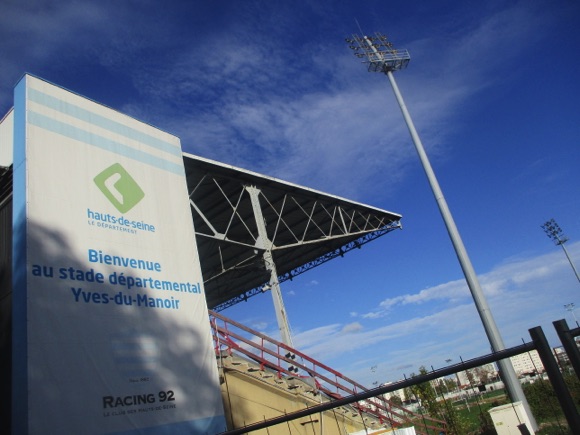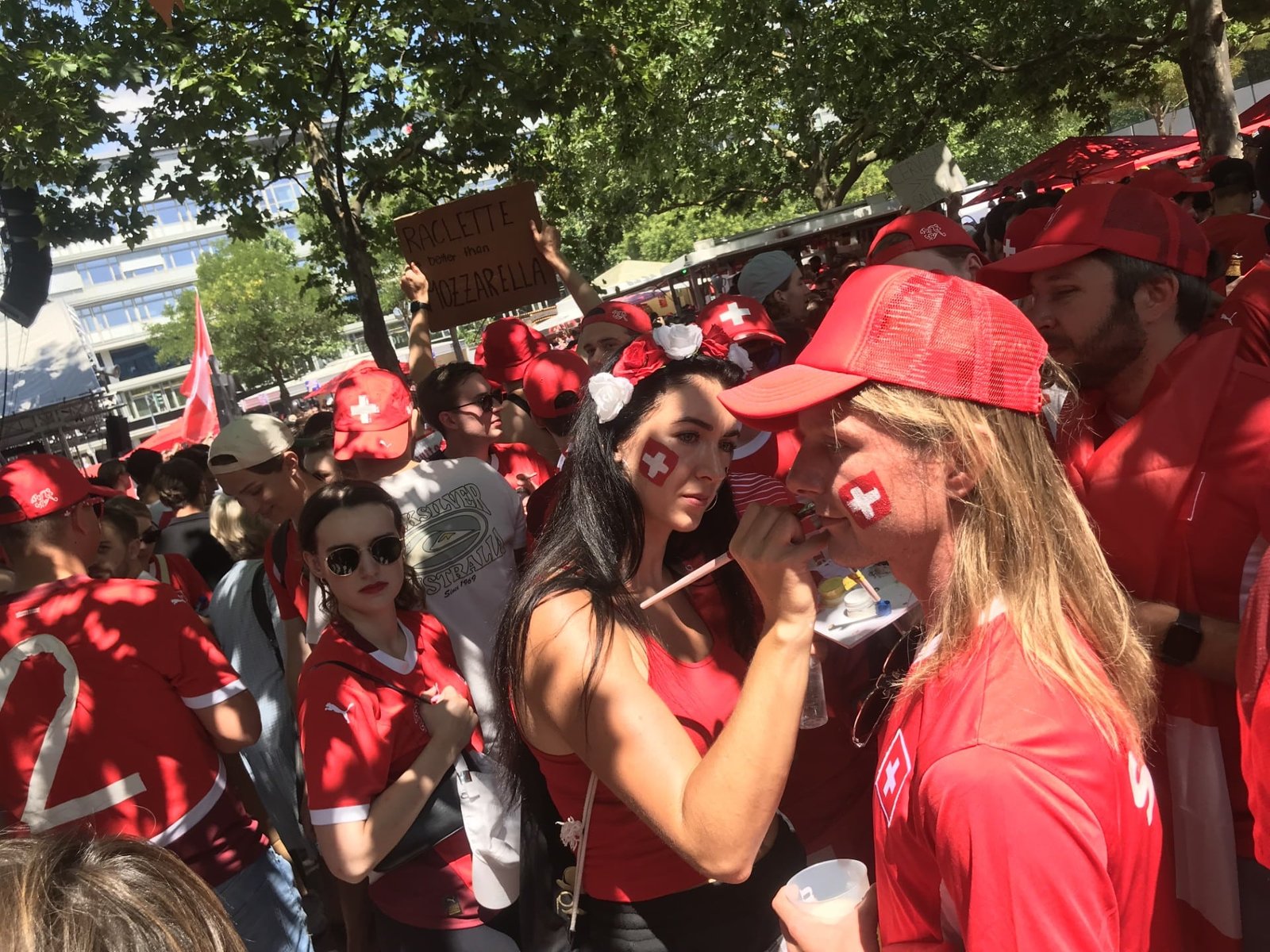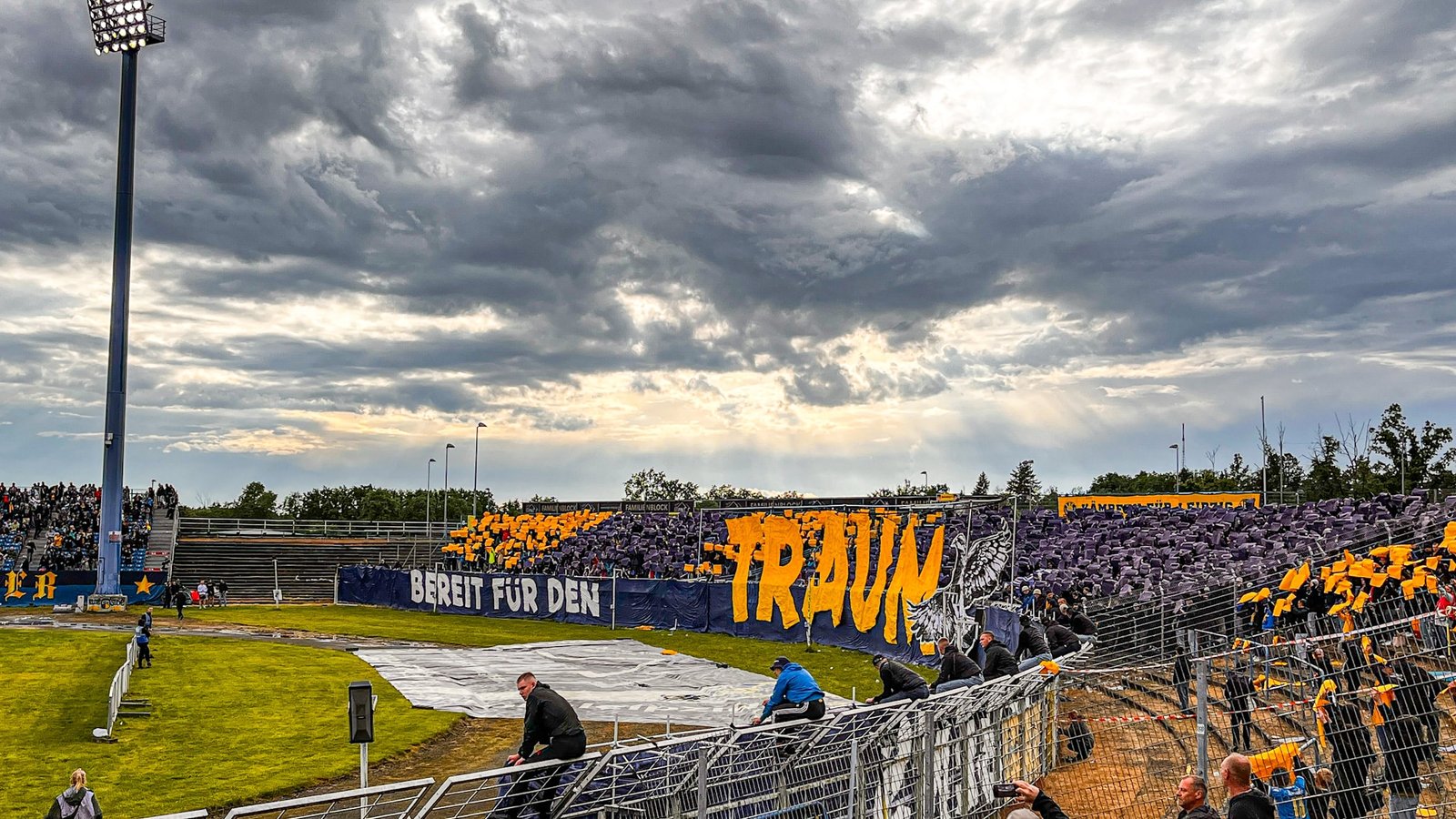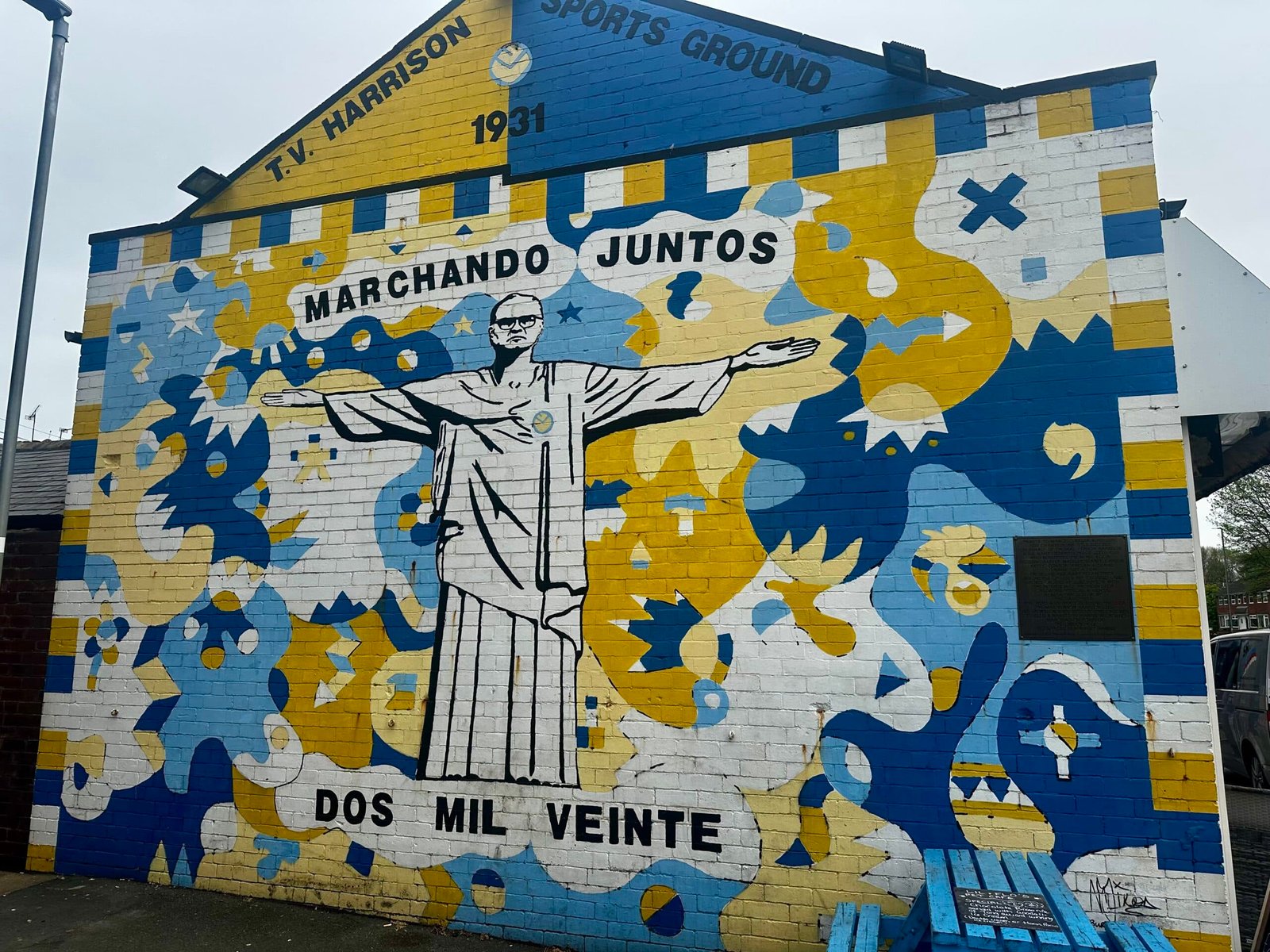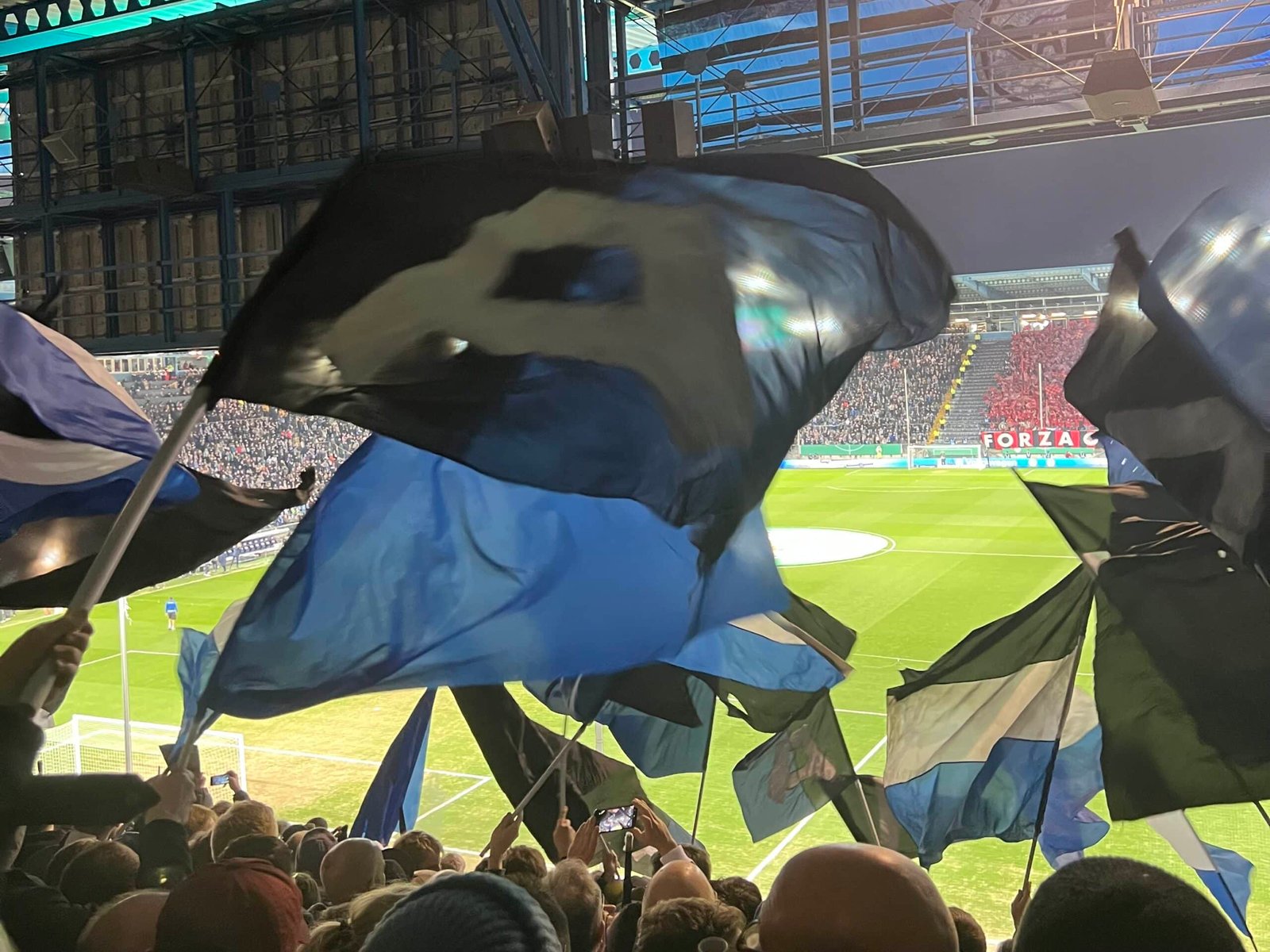Return to Colombes set for 2024 as Racing race to reclaim former status
If there’s one name that echoes the glory days of French football pre-PSG, it’s Racing. Five times winners of the Coupe de France either side of (and during) the war, league champions in 1936, the Ciel et Blanc were reinvented half a century later by wealthy industrialist Jean-Luc Lagardère.
Gathering a gilded selection of superstars under the name of his conglomerate, Matra, Lagardère blew some $300 million – nearer to $800 million today – in his attempt to create a second credible club for Paris.
Moving from Racing’s historic Colombes stadium, stage for the 1938 World Cup Final, to co-share the Parc des Princes with PSG, Lagardère’s legion lit up Friday nights for a couple of brief seasons, but not brightly enough before the inevitable implosion.

But Racing never went away. Keeping their illustrious name dating back to 1882, this venerable institution remained a rugby superpower and a footballing footnote based at Colombes until recent years.
While oval-ball specialists Racing 92, three times European Champions Cup finalists since 2016, moved out to Nanterre in 2017, the football team changed its name for the tenth (!) time in 2018 from Racing Club de France Colombes 92 to Racing Club de France Football.
Dropping the 92, the year of the club’s post-Lagardère reinvention, Racing have slowly climbed back up the steep French football-league pyramid.
In 2022, under incoming owner, one-time film star Patrick Norbert, Racing gained promotion from the fifth-tier National 3. Leaving behind PSG and Paris FC reserve teams, Norbert’s Ciel et Blanc now sit just beneath Rouen in the fourth-tier National 2, Group A table, with only the winners due to go up a flight.

This matters more than ever in 2023, as the French League will be reconfigured for the following season, first Ligue 1 and then Ligue 2 becoming more streamlined. The neglected third tier will assume a more professional status, the timing of which chimes with Racing’s return to Colombes after it has staged the hockey tournament at the 2024 Olympics.
In the meantime, never ones to shirk reflected glory, Racing play at Versailles. The Stade Municipal Montbauron (allée Pierre de Coubertin 24) stands close to Versailles Château Rive Gauche on the RER C line, directly linked with tourist hubs in Paris such as Champ de Mars/Tour Eiffel and St-Michel Notre-Dame.
The station also serves the Palace of Versailles, a 15min walk in the other direction to the stadium. Tickets (€7, under-12s €3) can be bought online or from the guichets on match day. With its 6,000 capacity, availability is little issue.
Games are sometimes played earlier than usual by law, as the Stade Montbauron can have no floodlight pylons as they would interfere with the field of vision from the Sun King’s palace, today a UNESCO Heritage site. Bizarrely, regular tenants FC Versailles 78 had to relocate a French Cup game earlier in 2022, although this did not prevent Les Bleus from capturing the public imagination by reaching the semi-finals that spring.
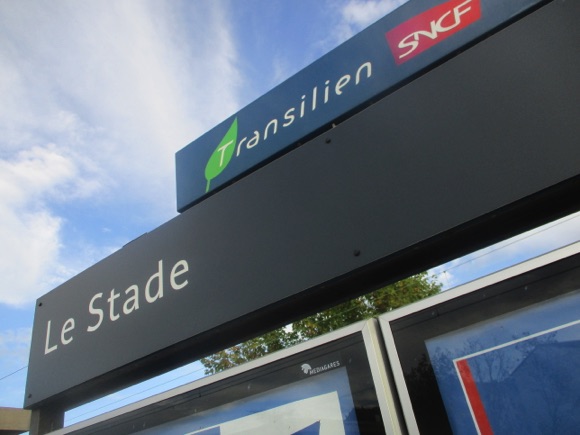
Those seeking to see where Italy beat Hungary to lift the World Cup in 1938 may be disappointed. Colombes, where Scot Eric Liddell won the 400 metres at the 1924 Olympics to inspire later film Chariots of Fire, is currently a building site. To accommodate another Games a century later, the main stand is a-buzz with workers in hard hats and mechanical diggers, the surrounding sports complex where Racing played home games until recently used by youth teams.
Here, the likes of William Gallas first played junior football for Racing back in ’92 before the move to the national academy at Clairefontaine. By 2024, a new main stand and stadium of 25,000 capacity will witness whether Belgium and Holland can hang on their Olympic titles in men’s and women’s field hockey, and Britain’s ladies can improve on their bronze garnered in 2021.
Racing will then vacate Versailles to reclaim Colombes, now better known as the Stade Yves-du-Manoir after a heroic rugby player killed in an air crash in 1928.

The bar opposite, the Café do Stade, where labourers break for coffee and cigarettes, is the last remaining link with the past. On its back wall, a mural of rare postcards shows Colombes in its prime, from the early 1900s as Stade du Matin, to its glory years between the wars.
The nearest train station, although a good 15-minute walk, is still called Le Stade, with regular services from Gare St-Lazare on the J line 20 minutes away. Halfway between station and stadium rises a glimpse of the future, the KOPSTER Hotel Paris Ouest Colombes, the latest in a growing chain of chic lodgings created by the Lyon-based group looking ahead to 2024. Their first venture, alongside OL’s Groupama Stadium, has proved that events-focused hotels are a growing trend.
Diagonally opposite, La Belle Époque café is decked out in black-and-white images of French film stars from half a century ago. The friendly owner still harks after the days when rugby fans from the UK and Ireland would spend their nights carousing there after the game.
Footfall from the hotel construction now barely fills the till. With the rugby club long in Nanterre, whether a real Racing football revival will boost trade on a regular basis post-2024 remains to be seen.

